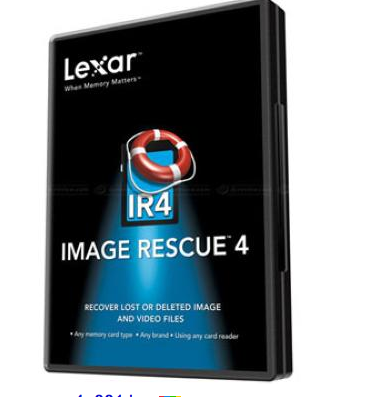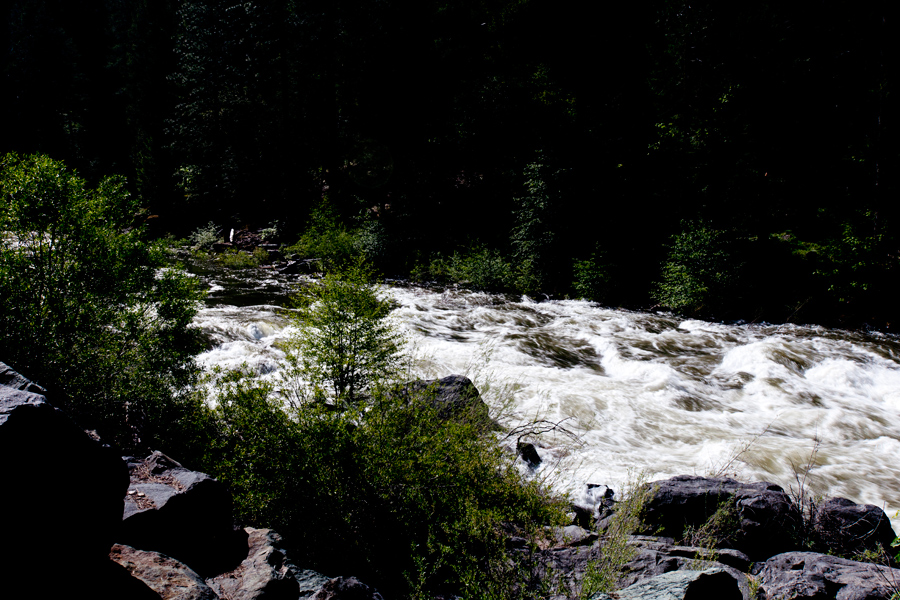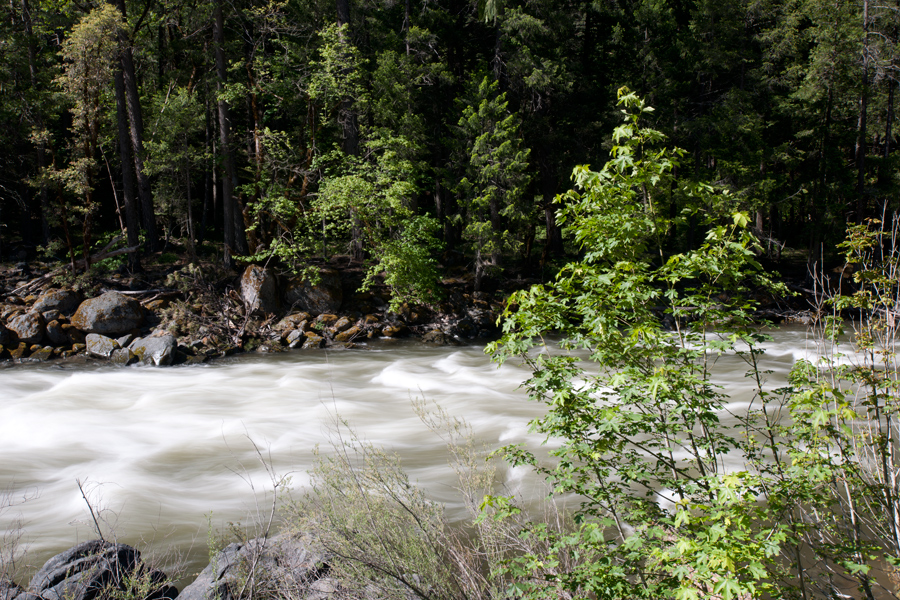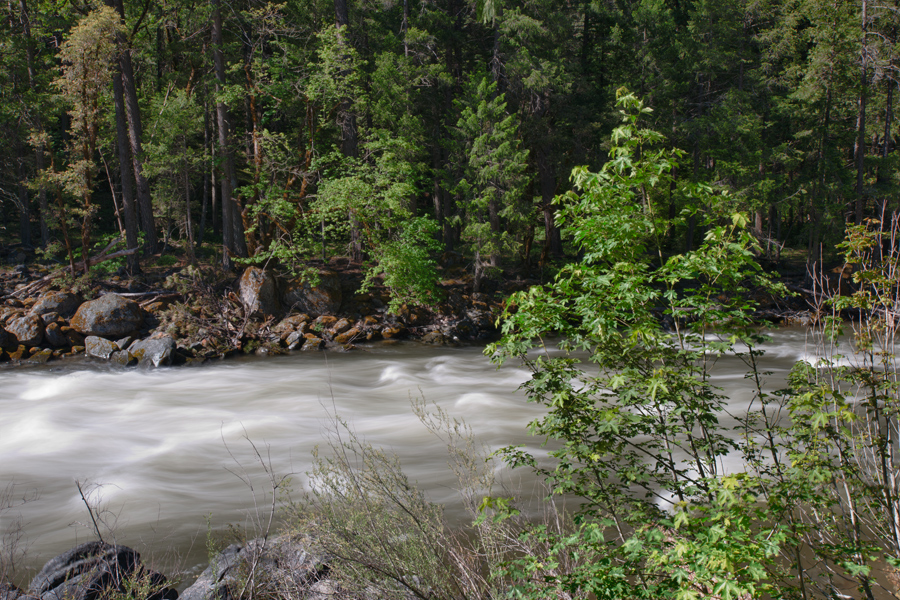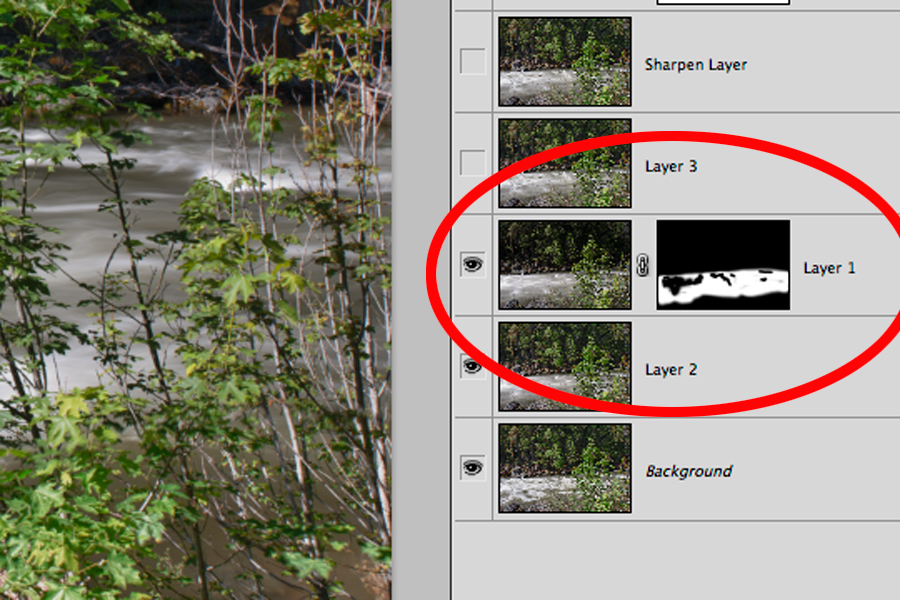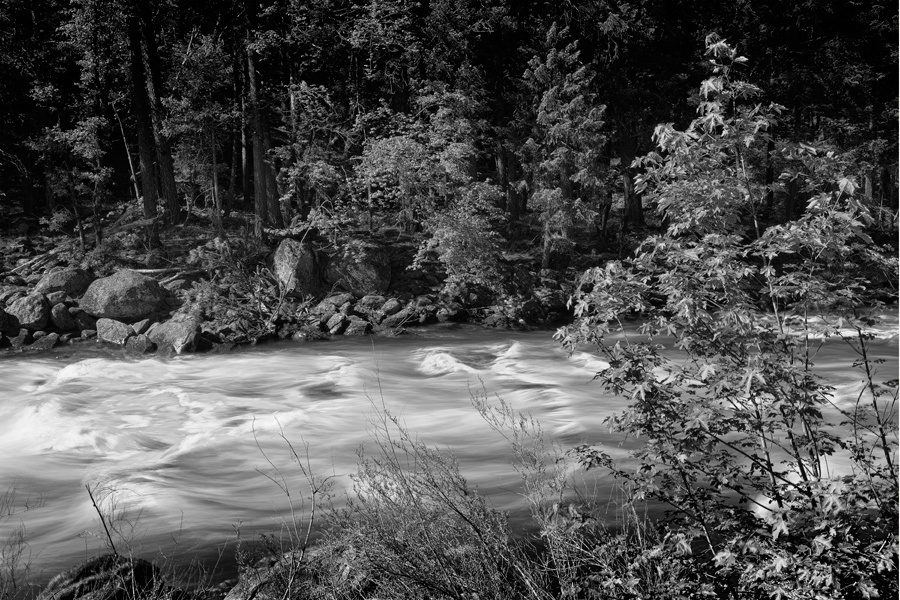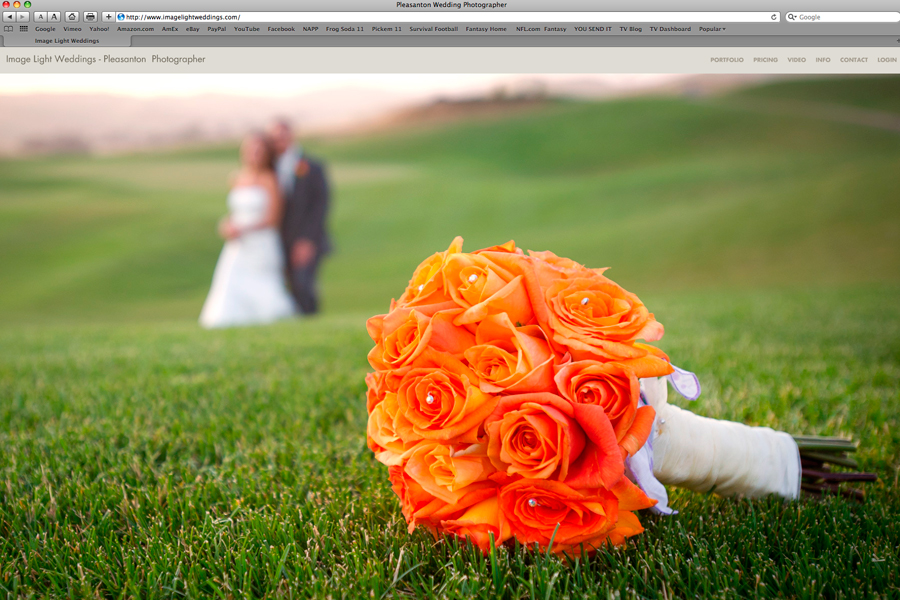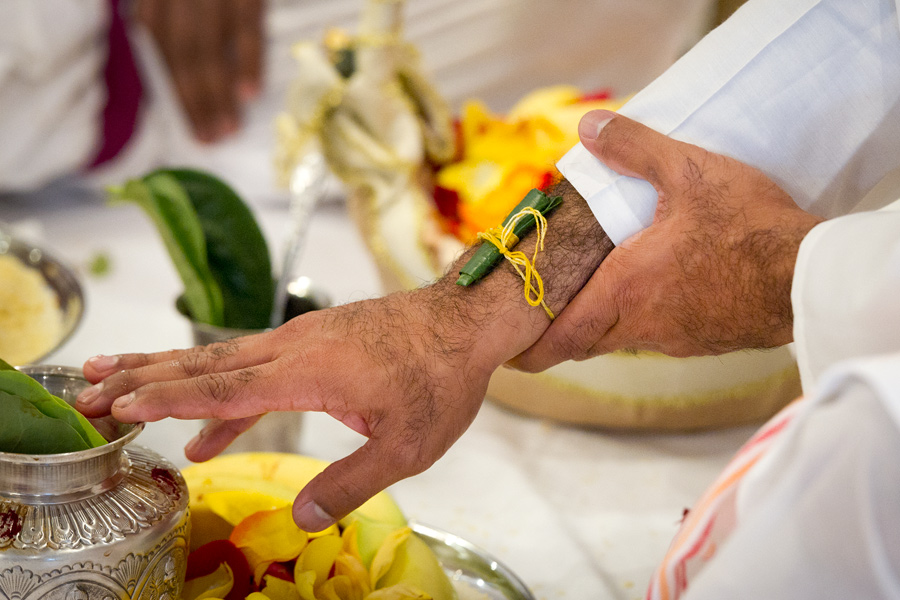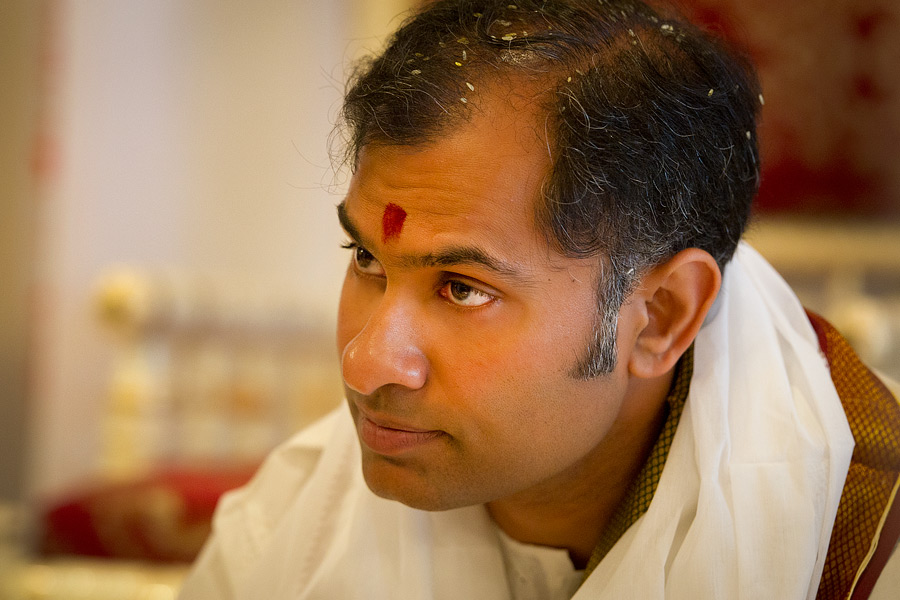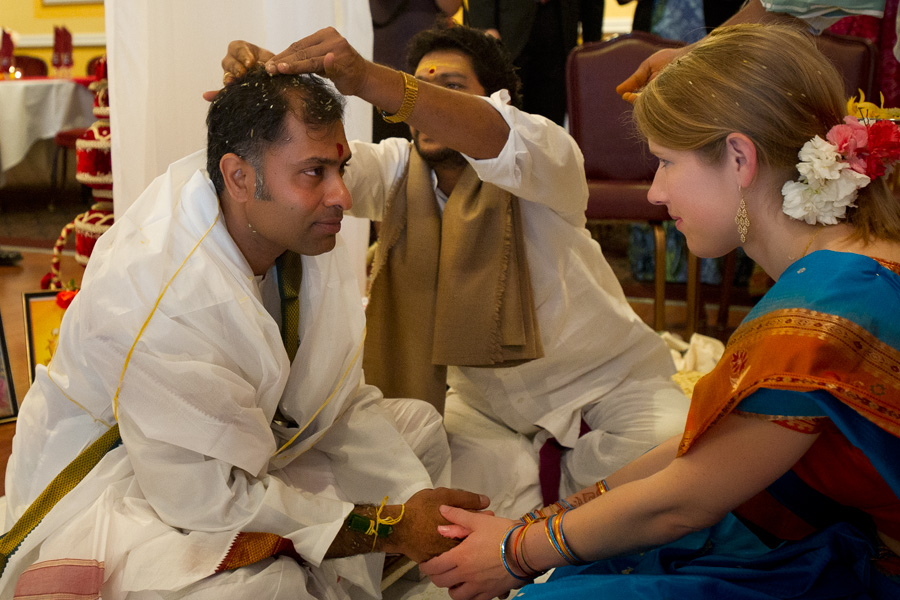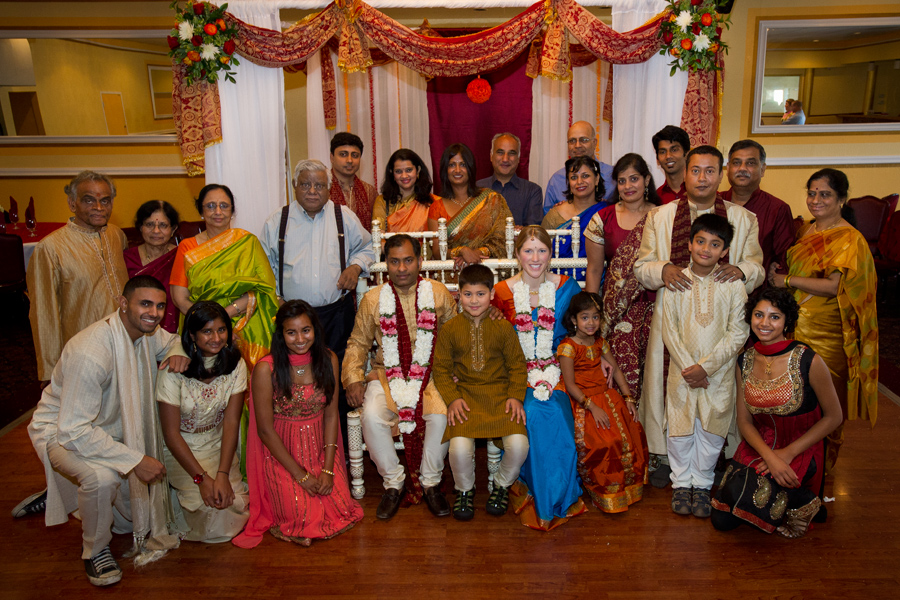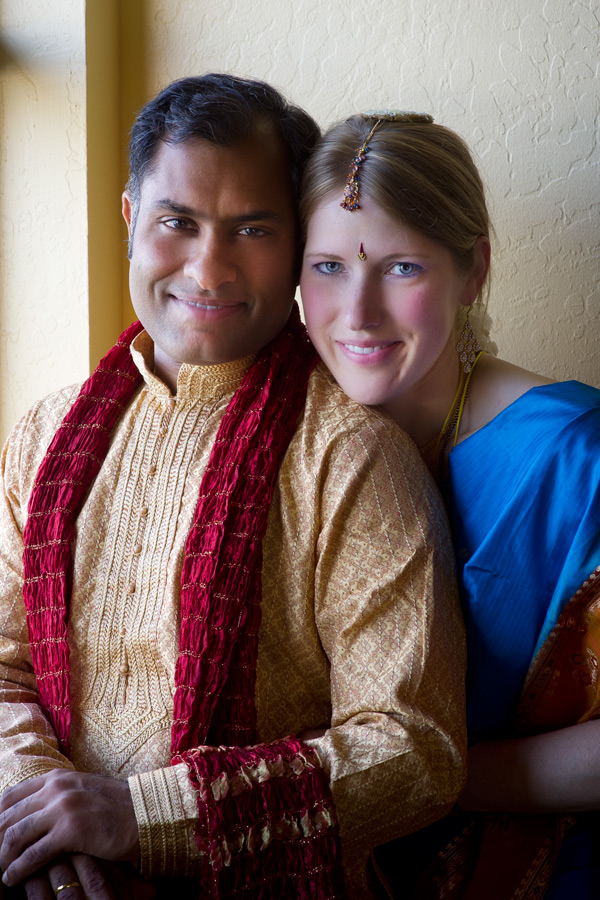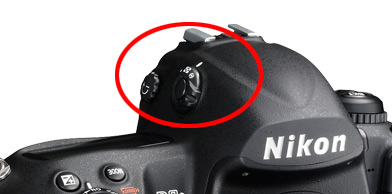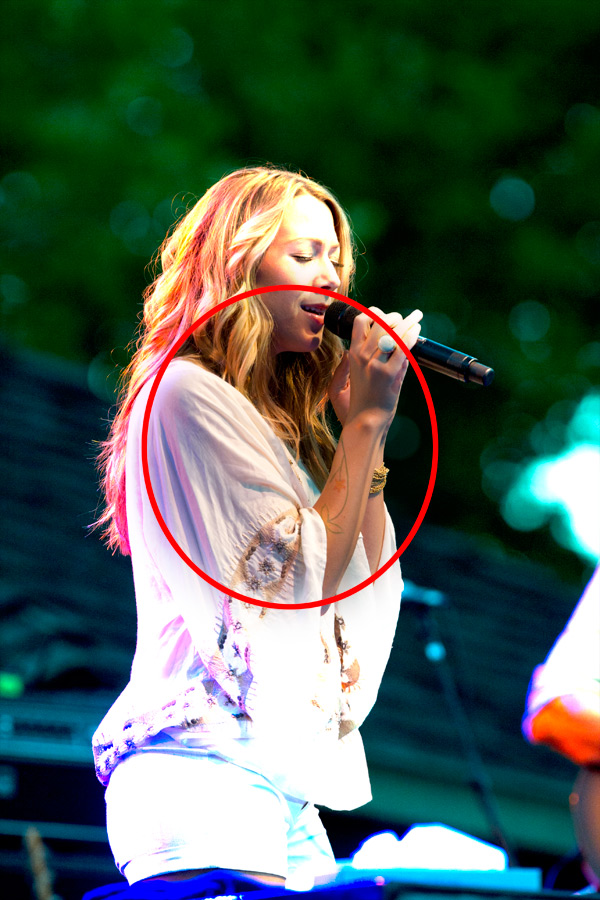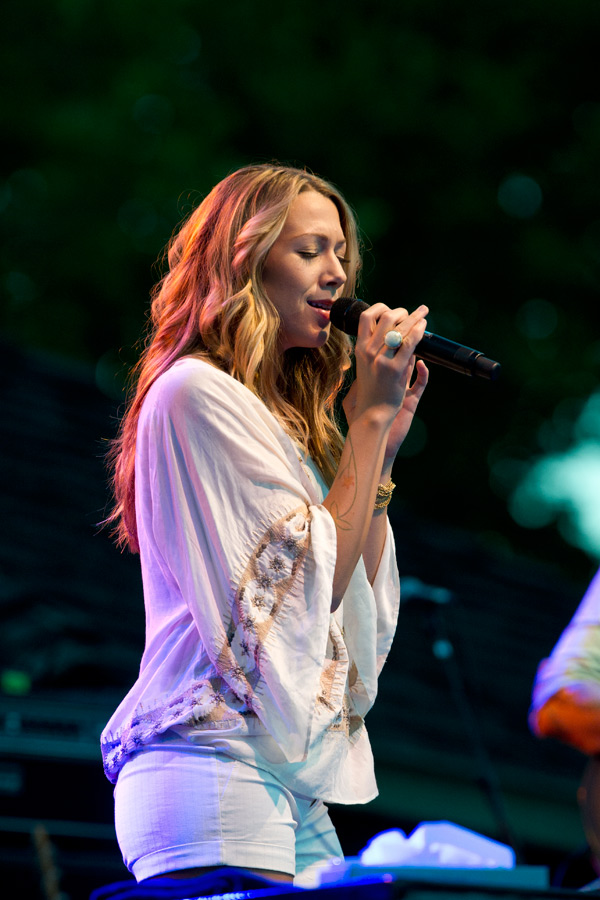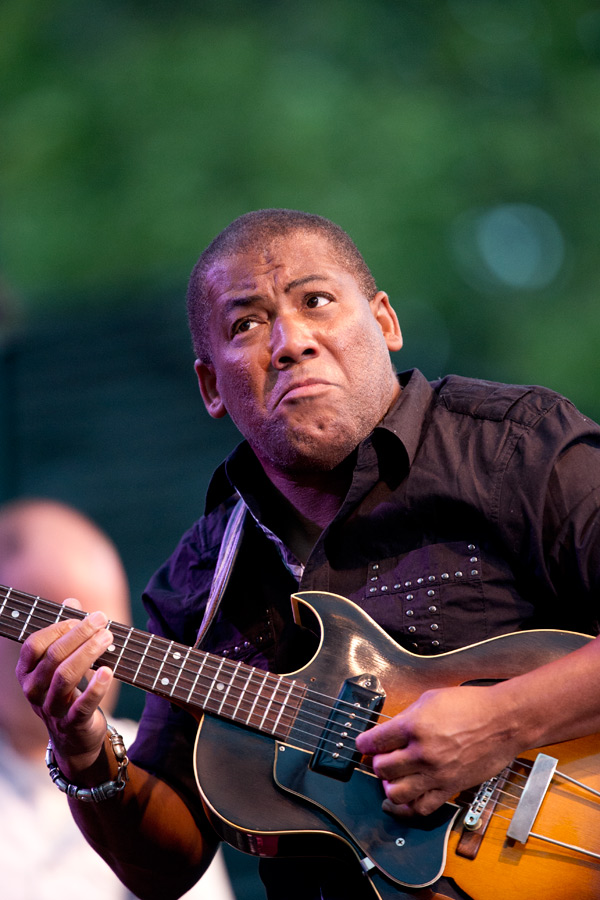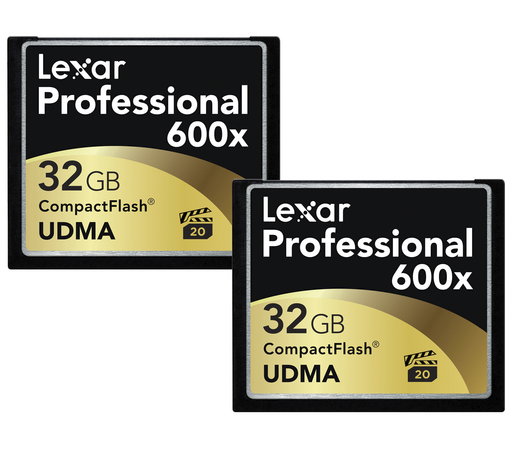 If you are a digital photographer, you need to know about a MUST HAVE software. No it doesn't help you with color balance or the focus your images for you but it can save your ass.
Here is the story:
If you are a digital photographer, you need to know about a MUST HAVE software. No it doesn't help you with color balance or the focus your images for you but it can save your ass.
Here is the story:
Last month I shot an event and was editing the thousands of images in Lightroom. I came across a section that seemed to have some images missing. In fact under closer inspection about 140 images were missing.
I went through every card I had to see all the files and everything was uploaded. Curious, I thought (actually, "curious" was not the word that immediately came to mind). - I knew I shot subjects that were not in my collection of images. I started to get desperate.
Most digital photographers will tell you that because of the technology we are quite often paranoid about our images. Back-ups backing up back-ups, etc. When images that you KNOW you shot don't appear, it can be quite unsettling.
I downloaded a software from Lexar called: Image Rescue 4 Software and started going through all my cards. Eventually I found the offending card, that would not even read on my computer - I ran the software on it and there were all my images, plus many more.
I didn't realize this but when you take digital photographs (on to your media card) and then format the card - they are not gone. In fact, the images reside on that card until other images cover them up. If you take a card and fill it up with images on one camera, put that same card in a different camera and reformat it, and shoot only 50 images - you will have the fifty new images of course, but you will also have all those old images still there. These old images can only be accessed by a recovery software like the Lexar version.
I encourage any digital photographer to get the software and know how to use it. It can save you a lot of grief.

